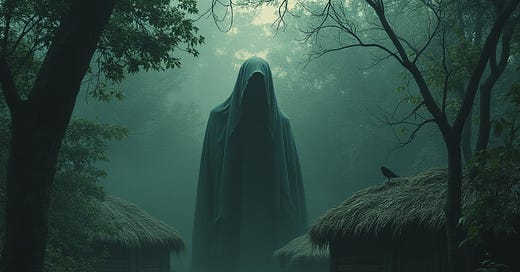This is my third Halloween edition. The last two dealt with fictional monsters: “The Sociology of Zombies” and “Dracula vs. Blacula.” My schtick was analyzing the in-universe sociology of the monsters in the manner of those Physics of Star Trek books. This year I’m going to talk about supernatural beings that people actually believe in.
As always, I inv…



